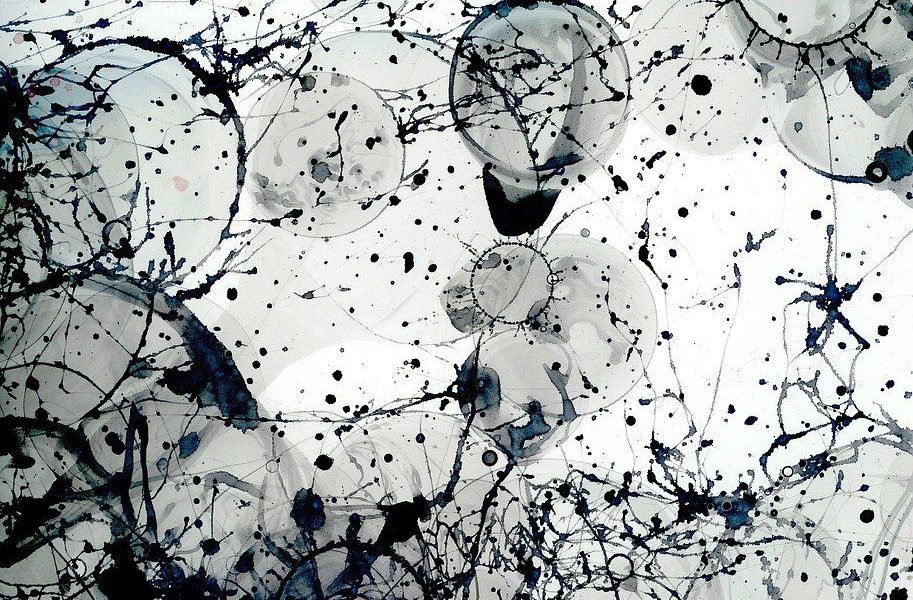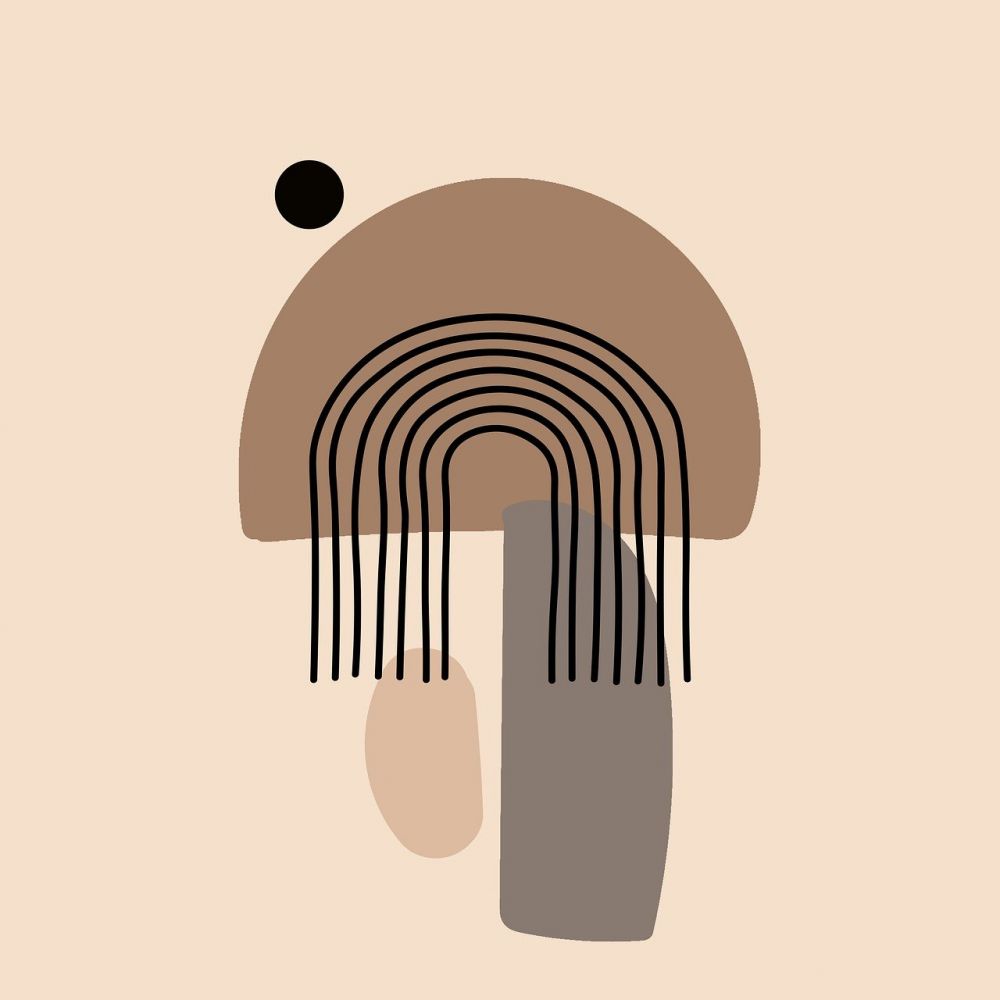Scandinavian Design: A Timeless Blend of Simplicity and Functionality

Introduction
Scandinavian design has gained international recognition for its iconic simplicity, functionality, and focus on clean lines. This article aims to provide a comprehensive overview of Scandinavian design, including an exploration of its various types, popular elements, quantitative measurements, differences between regions, and a historical analysis of its pros and cons. Delving into the roots and evolution of Scandinavian design, this article offers insights into what makes it a timeless and sought-after style.
Overview of Scandinavian Design

Scandinavian design emerged in the early 20th century as a response to the rise of mass production and industrialization. It sought to challenge the excesses of the decorative Arts and Crafts movement and embrace a more minimalist approach. At its core, Scandinavian design prioritizes functionality without compromising aestheticsa philosophy often attributed to the region’s long, dark winters, where creating warm and inviting indoor spaces became vital.
Presentation of Scandinavian Design Types and Popular Elements
There are several types of Scandinavian design, each with its unique characteristics. The Danish school, for instance, focuses on organic shapes, natural materials, and attention to detail. Swedish design, on the other hand, exudes a sense of practicality and simplicity, while the Finnish style embraces a harmonious blend of nature and technology. Despite these distinctions, all types of Scandinavian design share common elements, such as clean lines, minimalism, functionality, and a preference for natural materials like wood and leather.
Quantitative Measurements of Scandinavian Design
Quantifying the impact and popularity of Scandinavian design can be challenging, but certain indicators shed light on its influence. One measure is the export of Scandinavian design products, which have seen steady growth in recent years. Additionally, the number of international museums and exhibitions featuring Scandinavian design highlights its global recognition. Furthermore, online searches and social media engagement surrounding Scandinavian design have consistently shown an upward trend.
How Scandinavian Designs Differ Across Regions
While Scandinavian design is often grouped under one umbrella, it is essential to recognize the subtle differences among the various Nordic countries. Danish design, for example, leans towards mid-century modern aesthetics, characterized by elegant simplicity and innovative craftsmanship. Swedish design, on the other hand, incorporates more traditional elements and places emphasis on practicality. Finnish design reflects the country’s strong connection to nature and harmonizes modernism with organic shapes. These distinctions contribute to the diverse and rich tapestry of Scandinavian design.
Historical Overview of the Pros and Cons of Scandinavian Design
Scandinavian design has its fair share of pros and cons throughout its history. One advantage is its timelessness; the simple and uncluttered aesthetic has proven to be enduring, allowing Scandinavian design pieces to seamlessly blend with various interior styles. Additionally, the focus on functionality ensures that every piece serves a purpose, enhancing everyday life. However, criticism of Scandinavian design includes accusations of being cold and sterile, lacking in emotional depth and artistic expression. It is worth noting that these perceived disadvantages are subjective and do not detract from the widespread appeal of Scandinavian design.
Conclusion
Scandinavian design continues to captivate individuals worldwide, captivating them with its blend of simplicity, functionality, and timeless appeal. Its minimalist aesthetics have evolved over time while retaining the core principles of form meeting function. This article has provided an in-depth exploration of Scandinavian design, including an overview, types and popular elements, quantitative measurements, regional variations, and a historical analysis. By understanding the foundations and nuances of Scandinavian design, individuals can better appreciate its enduring allure and incorporate it into their own spaces.
Video: Discovering the Essence of Scandinavian Design
In this video, we take a journey through the origins and evolution of Scandinavian design. Join us as we explore the key principles, iconic creations, and influential designers that have shaped this renowned design movement. From the early pioneers to the modern-day interpreters, this video highlights the timelessness and functionality that define Scandinavian design. Sit back, relax, and embark on an inspiring visual tour of this captivating design style.
















































